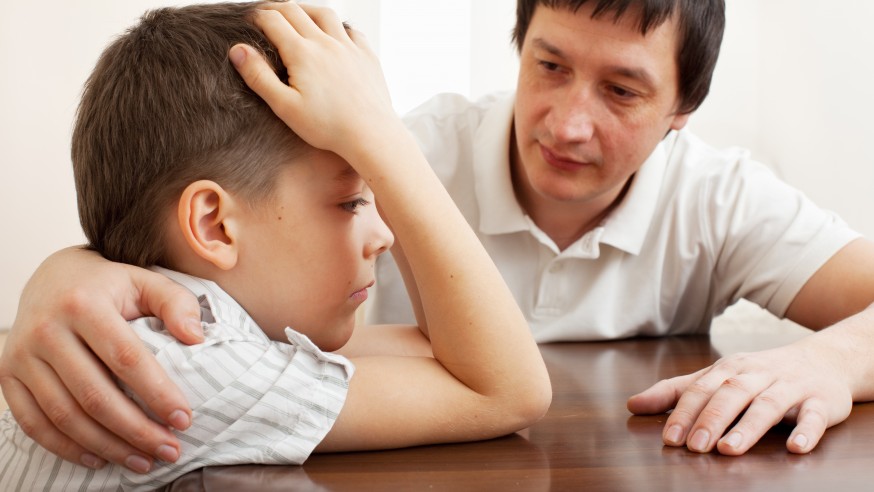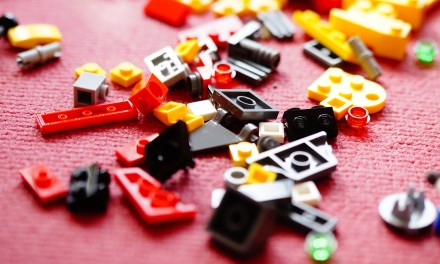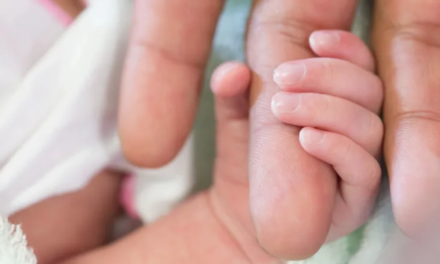Divorce is without a doubt one of the most painful experiences in life for men and women, regardless of the circumstances. Most experts agree that the recovery time for divorced individuals is about two years and may be much longer in some cases. In fact, it has been suggested that an eighteen to twenty-four month period of post-seperation adjustment occurs with most people. This period involves both personal and interpersonal turmoil. Often, adjustment is complicated because it sets off a chain of stressful events that may endure over an extended period of time. Studies suggest that other than the death of a spouse, divorce requires more reorganization than any other transition in life (Clapp, 1992).
Currently, the rate of divorce is fairly consistent and predictable. It is estimated that 40-60 percent of current marriages will end in divorce (Ahrons, 2004). More than 1 million children each year are affected by divorce and half of these children will be raised in families where parents remain in conflict. Of these families experiencing a contentious divorce, 60 percent of the children impacted will feel rejected by at least one parent. Although only approximately 10 percent of custody cases reach the courtroom, these cases tend to be highly litigious and damaging to the children caught in the middle of their parents’ intense hostility and anger. Approximately 20 to 30 percent of divorcing couples are currently identified as exhibiting high-conflict behaviors. Many of these same parents engage in ongoing litigation over their children for years. Although these parents represent a minority of the divorcing parents, the high level of conflict poses serious concerns for our society at large.
Psychology Today published a related article in July 2013. The author, Alysia Abbott, the mother of a child with autism, describes how frequently she came across the statistic that 80% of parents of children with autism divorce. Her interviews with other parents in this article highlight the stresses and challenges many families feel, but also the support that many couples can offer each other.
Why is clarifying this misconception important? Because our behavior is heavily influenced by what we believe to be normative. Couples who know another couple who have gotten a divorce are more likely to divorce themselves (McDermott et al., 2013). Divorce takes a heavy emotional and financial toll on families. Couples who think there is more hope for their relationship are more likely to stay married.
Divorce does not destroy a family; rather, divorce breaks and divides the family into two families. Divorce, simply put, reorganizes the family from a one-home structure to a two-home structure (Boyan and Termini 2005). The parents’ behavior toward one another and the ability of parents to interact with each other greatly impact a child’s adjustment during this time. It is how parents handle and resolve the separation of the family that determines the impact of divorce for children. Parental interaction characterized by hostility and conflict is the single most common cause of poor adjustment in children following divorce (Garrity and Baris 1994). An environment of hostility places a greater strain on a child’s development than any other factor in divorce. At one time the research simply stated that children of divorce had problems with adjustment (e.g., behavioral problems, insecurity, low self-esteem, learning disabilities, etc.). However, now the literature much more clearly indicates that the children of high-conflict, contentious and hostile divorces are the children impacted exponentially throughout the separation, divorce, and for the years that follow. Divorcing parents who wish to avoid such outcomes for their children must continue to interact with their former spouses in matters of child-rearing with mutual collaboration and cooperation in a two-household structure.
Gathering the data for this article was easy. The Internet abounds with such startling statistics and endless data. The challenge is to extinguish the trend. As with any cultural change, it begins with one, it begins with you and me.
“We change the world not by what we say or do, but as a consequence of what we have become.”











